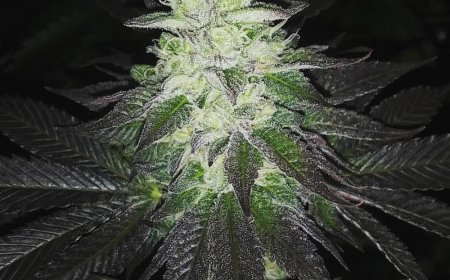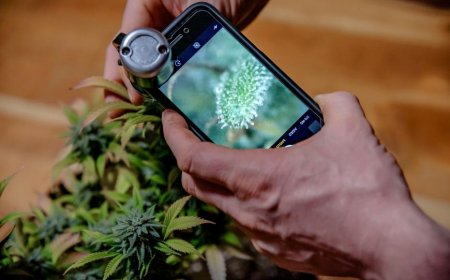Papaya Strain
If you're a fan of cannabis or simply curious about different strains available in today's market, then keep reading to learn everything you need to know about the beloved Papaya strain!
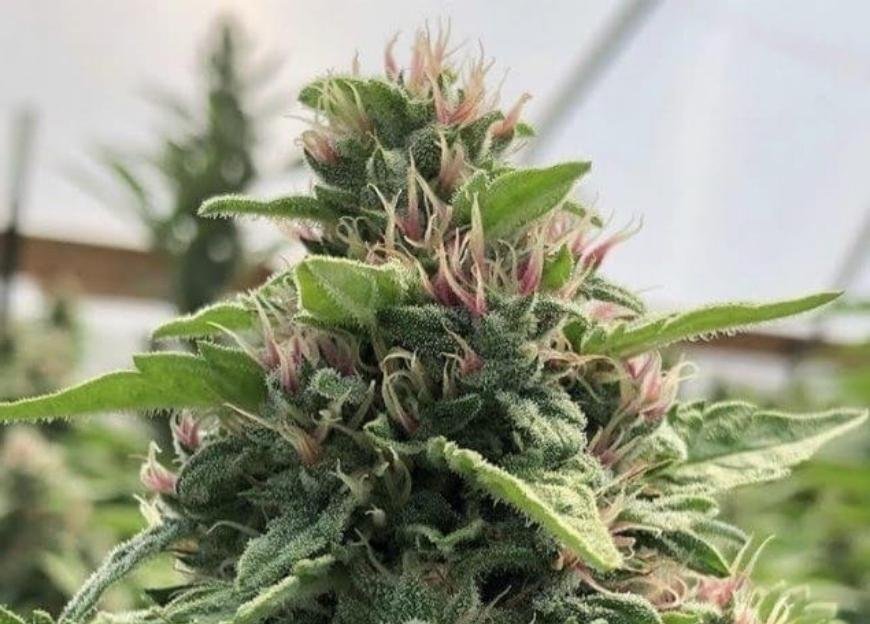
In this blog post, we will delve into the origins of the Papaya strain and what makes it so special. We'll also explore its unique characteristics, such as its high THC content and potential benefits.
But that's not all - we'll also discuss some of the potential side effects associated with consuming Papaya strain, including dry mouth and dizziness. Finally, we'll provide some helpful advice on how to cultivate your own Papaya plants at home.
Table of Contents:
- History of Papaya Strain
- Growing Papaya Strain
- Effects of Papaya Strain
- Aroma of Papaya Strain
- Consuming Papaya Strain
- FAQs in Relation to Papaya Strain
- Conclusion
History of Papaya Strain
The Papaya strain has a long and interesting history. It is an indica-dominant hybrid that was created by crossing two classic strains, the Skunk #1 and the California Orange. This combination of genetics produces a unique flavor profile with notes of sweet citrus, skunky diesel, and earthy undertones. The effects are generally uplifting yet relaxing with full body relaxation and a calming euphoria.
Papaya first made its debut in Amsterdam during the late 1990s when it became one of the most popular strains among recreational users. Since its debut in Amsterdam, Papaya has become a widely-used strain of choice for recreational users due to its pleasing aroma and soothing effects.
This strain contains elevated concentrations of THC (up to 20%), which can have therapeutic advantages. Additionally, many users report that this strain helps them stay focused while still providing relief from physical discomfort.
Papaya is a cinch to cultivate, taking only 7-9 weeks for flowering and showing resistance against pests, mildew and disease; making it ideal for inexperienced growers who are after quick results with little effort. As far as yield goes you can expect around 500g per square meter indoors or up 1kg per plant outdoors depending on your growing conditions.
The Papaya strain is a relatively new hybrid that has gained popularity in recent years. Research is ongoing, yet it appears the Papaya strain may be viable for both recreational and therapeutic purposes. Moving on, let's explore the effects of this powerful strain.
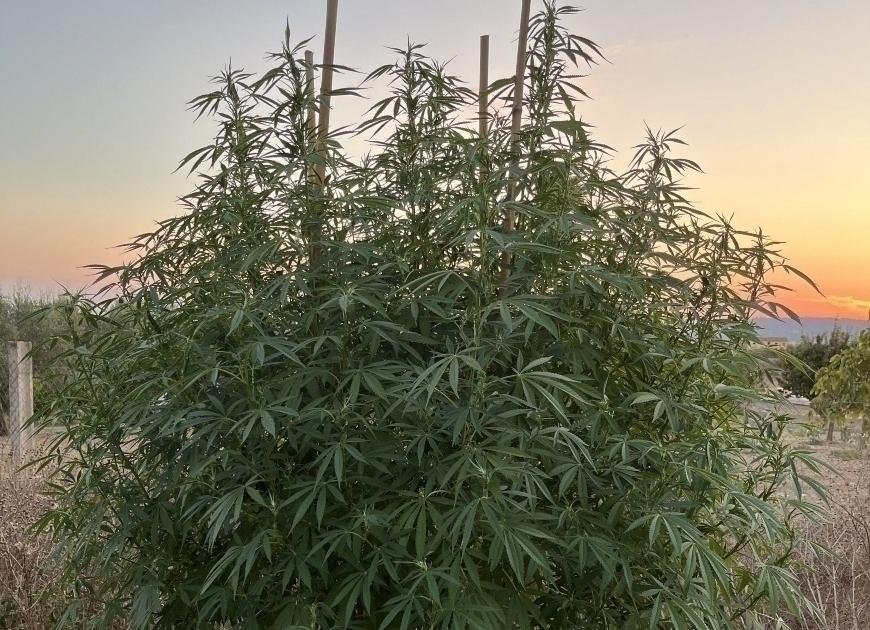
Growing Papaya Strain
Growing Papaya Strain is a rewarding experience for the recreational cannabis grower. It is a hardy, fast-growing strain that produces high yields of buds with an intense aroma and flavor. With proper care and attention, you can cultivate this strain indoors or outdoors in any climate.
Outdoors:
For outdoor cultivation of Papaya Strain, you'll need to provide plenty of elbow room for your plants so their roots can spread out without competing with neighboring vegetation. Ensure your Papaya Strain gets sufficient daylight (preferably 8-10 hrs) and is shielded from strong gusts which can cause harm in the long run. If there's too much rain while in bloom, consider constructing some kind of canopy to protect them from getting waterlogged or infected by fungal diseases like powdery mildew caused by high humidity levels.
Growing the Papaya strain isn’t overly difficult but does require some patience due to its longer flowering time than other hybrids (8-10 weeks). It prefers moderate temperatures between 68-80 degrees Fahrenheit so growers should take into account climate when deciding where to grow this plant outdoors or indoors using hydroponics systems such as deep water culture (DWC) setups or aeroponic towers if available space permits it.
Indoors:
When growing Papaya Strain indoors, it's important to provide adequate ventilation to keep temperatures cool and humidity levels low. Using fans along with air conditioning and dehumidifiers can help to maintain the ideal environment for Papaya Strain indoors. You should also make sure your plants are getting enough light by providing them with at least 6 hours of direct sunlight per day if possible, or supplementing natural light with artificial lighting such as LED lights or HPS bulbs.
Additionally, be sure to use quality soil that has been amended with nutrients specifically designed for cannabis cultivation that contains all the essential macronutrients needed for healthy growth and robust flowering cycles.
Effects of Papaya Strain
The Papaya strain is a hybrid of two popular strains, Jack Herer and Blue Dream. This combination creates an uplifting yet calming effect that can be felt throughout the body and mind. The effects are known to provide mental clarity, creativity, and energy while reducing stress levels.
For those looking for an energizing high with a relaxed feel, the Papaya strain may be just what they need. It’s also said to bring out feelings of joyfulness as well as improve focus on tasks at hand. Many users report feeling more creative after consuming this strain which makes it great for artistic endeavors or creative problem solving.
The Papaya strain is known for its sweet and fruity aroma, composed of pineapple, mangoes, papayas, oranges, lemons and other tropical fruits. Its flavor has been compared to a mixture of citrus fruits like grapefruit or tangerines combined with earthy undertones from its parent strains Jack Herer and Blue Dream respectively.
When consuming the Papaya strain one can expect a strong head high followed by physical relaxation without being too sedating, allowing users to remain productive throughout their day while taking advantage of all that this incredible cannabis has to offer. In addition, users have reported experiencing heightened senses along with improved moods making it perfect for social gatherings or intimate moments shared between friends and partners alike.
The effects of Papaya strain are varied and can provide an array of experiences for the user. Let's delve into the olfactory nuances of Papaya strain and see what it has to offer.
Aroma of Papaya Strain
The Papaya strain is known for its unique aroma that has hints of tropical fruit and spice. The aroma of this strain is a medley of mango, papaya, pepper and earthy nuances. When smoked or vaporized, the taste is even more intense and complex. It has notes of citrus fruits like orange and lemon along with spicy peppers and an herbal undertone.
When it comes to the terpene profile, myrcene dominates in this strain which gives it a strong musky scent. Myrcene is also responsible for giving cannabis its distinct smell that many people recognize immediately when they enter a dispensary or grow room. Other terpenes found in Papaya are limonene (which provides a lemony aroma), caryophyllene (a peppery note), linalool (floral scents) and pinene (an evergreen scent).
The overall effect of these different aromas combine to create an incredibly fragrant bud that’s both sweet and spicy at the same time. Some users have noted that there’s also an underlying nutty flavor when smoking Papaya which adds to its complexity even further. This makes it great for those who want something flavorful but not overpowering while still providing plenty of effects from THC content ranging from 15-20%.
Papaya isn't just all about smell though; it's also known for being quite potent when consumed properly, making it popular among experienced smokers looking for something new to try out without getting overwhelmed by too much potency at once. Its flavors make it enjoyable enough on their own but combined with the effects you get from consuming this strain, its popularity is easily understandable.
Now let's move on to consuming this strain - from smoking and vaping methods to edibles and tinctures, there are many ways in which you can enjoy the effects of Papaya.
Consuming Papaya Strain
Consuming the Papaya strain is a unique experience that can be both pleasant and enlightening. It’s important to understand how to safely consume this strain for optimal effects, so here are some tips.
Begin with a small amount of the Papaya strain, then gradually increase until you identify what works for you. Start with around 2-3 grams of dried material per person if smoking or vaporizing it, or 0.2 - 0.5g if taking it orally in capsule form. If taking it orally, wait at least an hour before increasing the dosage as its effects may take longer to manifest when taken this way compared to other methods of consumption such as smoking or vaping.
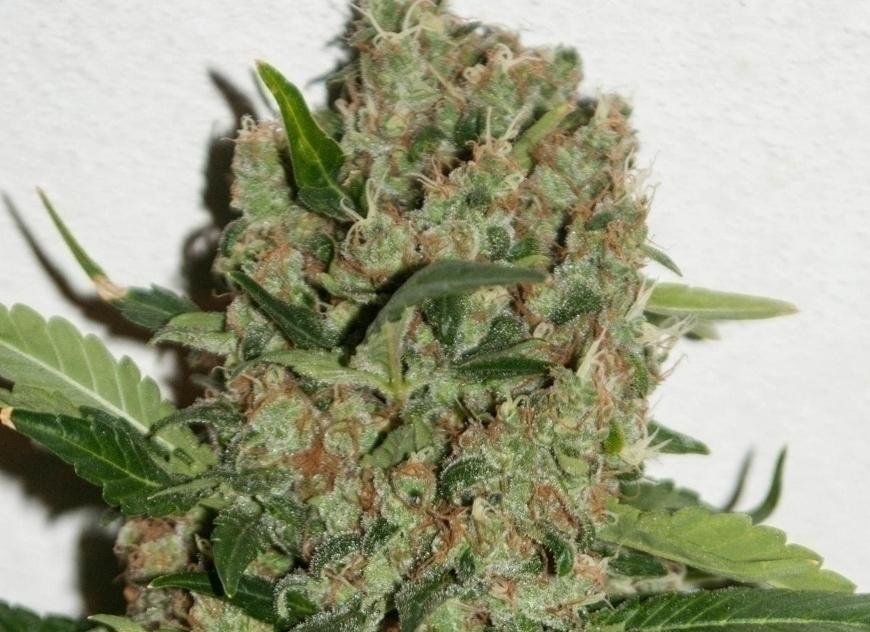
FAQs in Relation to Papaya Strain
Who created Papaya strain?
The Papaya strain of cannabis was created by a breeder known as Nirvana. It is an indica-dominant hybrid that has origins from two popular strains, Jock Horror and Skunk #1. This strain produces a sweet aroma with hints of citrus and tropical fruits. Its effects are relaxing and calming, making it ideal for stress relief or unwinding after a long day. Papaya is also known to provide users with increased appetite, allowing them to enjoy their favorite snacks without feeling overly full afterwards.
Is Papaya an exotic strain?
No, Papaya is not an exotic strain. It is a hybrid cannabis strain that combines the genetics of two popular strains: Skunk #1 and Jock Horror. Papaya has a sweet tropical flavor with hints of mango and pineapple, along with an uplifting cerebral high that's perfect for daytime use. This mellow-yet-energetic effect makes it great for socializing or creative endeavors.
Conclusion
It offers users a calming mental state, though many also find it energizing and productive. Growing this strain can be challenging but rewarding when done properly, while consuming it will give you the unique flavor of tropical fruit with spicy undertones. For those looking for an enjoyable experience, the papaya strain may be just what they need.

